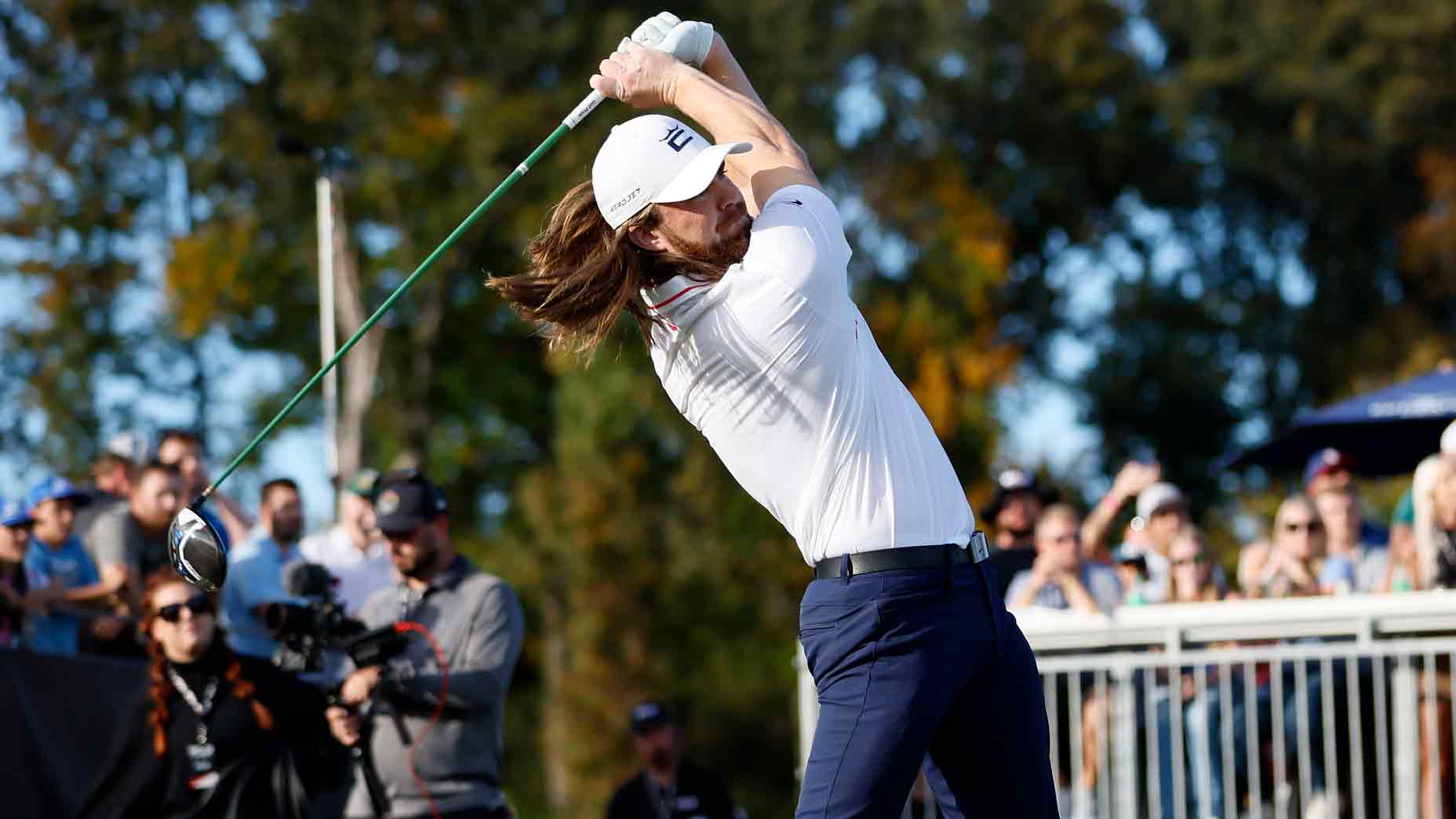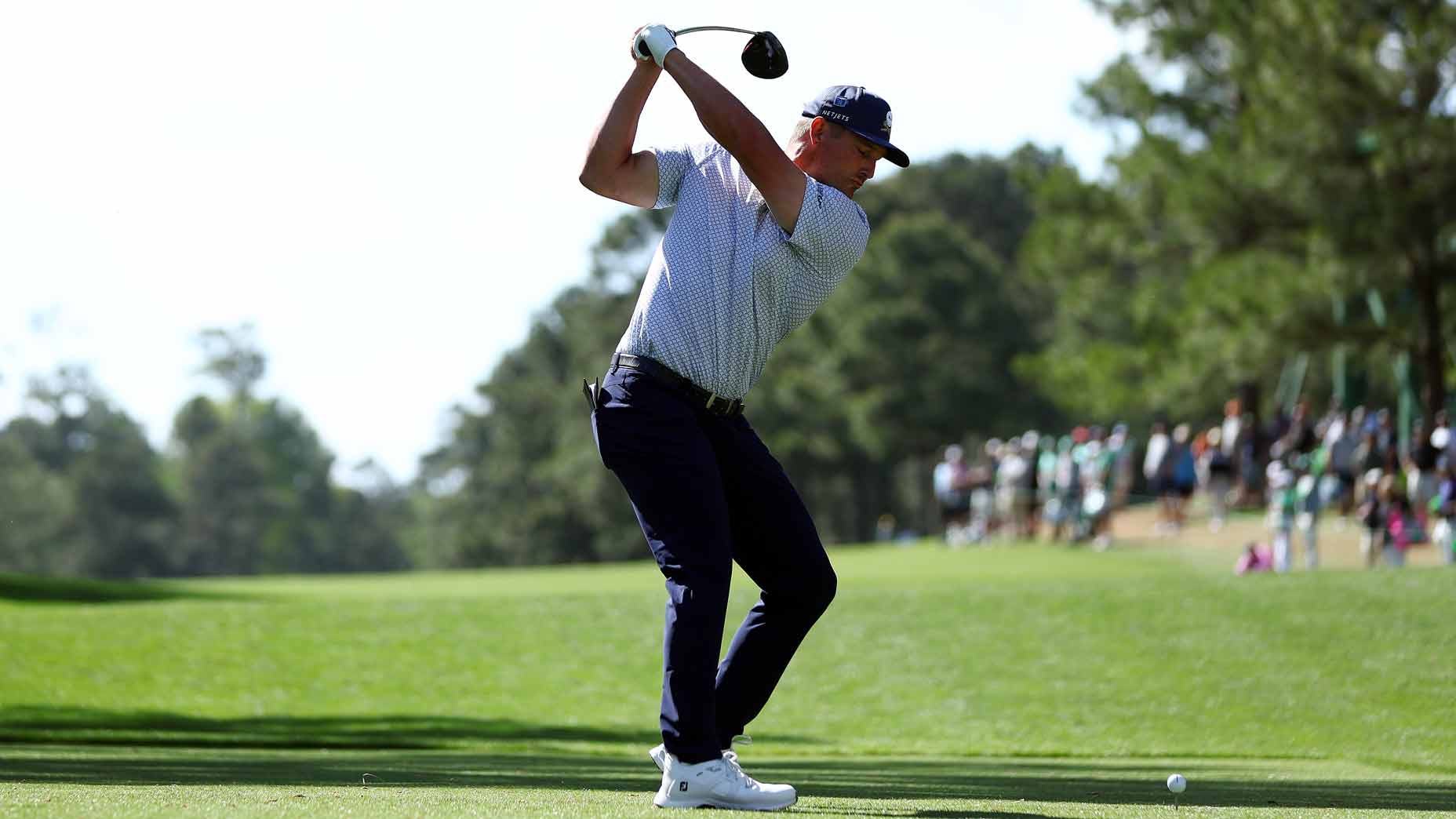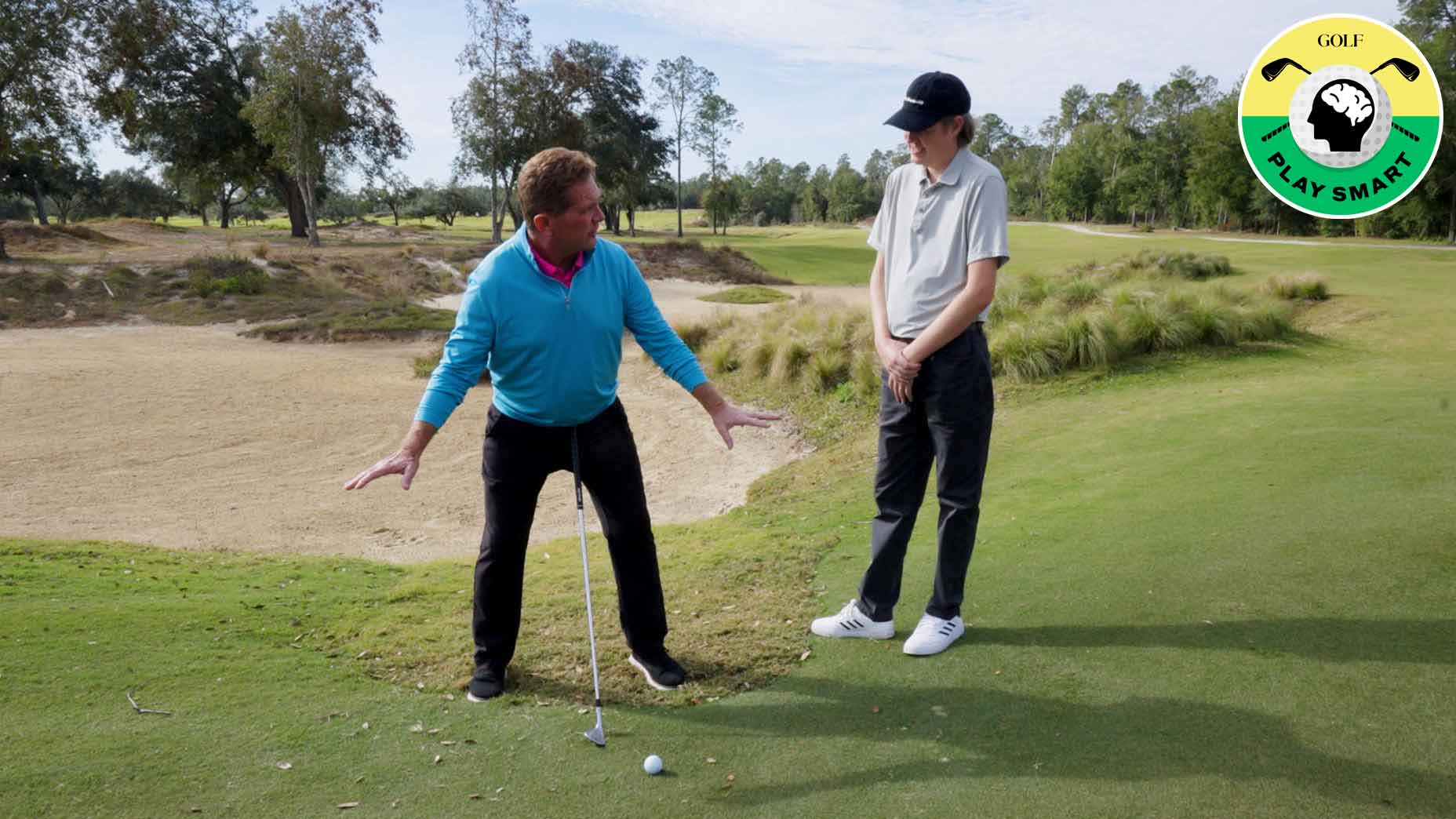Welcome to Play Smart, a regular GOLF.com game-improvement column that will help you become a smarter, better golfer.
Most amateurs aspire to hit a draw off the tee, but in the professional ranks it’s just the opposite. The power fade is king in the pro game.
While a draw might generate a little more distance, a fade is easier to control. As Lee Trevino once said, “You can talk to a fade, but a hook won’t listen.”
The way the pros hit the ball these days, though, they don’t give up much power off the tee relying on a fade. That’s because they aren’t hitting the wipey cut that recreational players hit. Instead, they’re hitting power fades.
GOLF Top 100 Teacher Jonathan Yarwood explains how they do it effectively in the video below.
POWER FADE….how to do it properly! 🔥👌🏼We see so many faded (left to right) shots on TV nowadays. There’s a way to do it that creates a powderpuff fade and a way to hit a POWER fade……here’s the ingredients and recipe you need. #golf #golfing #golfer #golfswing #golftips #golfr… pic.twitter.com/6QoalQsthN
— JonathanYarwood (@JonathanYarwood) June 18, 2025
The secret to a power fade
When recreational players try to move the ball left-to-right, they typically open up the face and chop across the ball. This will create the conditions needed for a fade — out-to-in path with an open face — but it rarely generates much power.
When the pros hit fades, though, they aren’t giving up much power. And that’s because they aren’t cutting across the ball the same way amateurs do.
As Yarwood explains, the professional power fade starts with a typical backswing and start to the downswing. In fact, if you watch in slow motion, you’ll see that they still keep the club on plane during this initial downswing move despite trying to hit a fade. As they approach impact, however, they use a key move that helps them hit a fade without sacrificing distance.
“This is the key move, and you can only do it if you’re hyper mobile,” Yarwood says. “From [halfway through the downswing], they are spinning way left, they are opening their hips up and going into massive side bend and massive rotation. And then that creates that path that you want with tons of power.”
Instead of getting super steep with the shaft to create the conditions to hit a fade, the pros keep the shaft relatively shallow. Then they open up rapidly with their bodies during the downswing to get the clubhead working from out to in through impact.
“If you’re capable of doing that, it’s a really great way to play,” Yarwood says. “It creates a predictable flight … Give it a go, if you can do it, you’ll become a much better player.”









